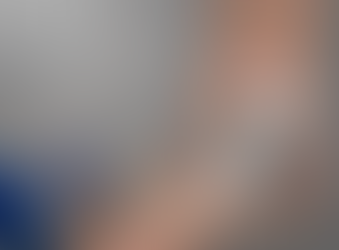Visualizing a World Unseen by the Naked Eye
- Brad Leyden
- Oct 14, 2016
- 2 min read

As an animator, one of the unique challenges that draws me to the field of medical and anatomical animation is the task of converting concepts that we are only able to observe microscopically from afar into imagery that gets in up close and seems to leap off the screen and pull the viewer in.
My goal in building scenes is to create the sense that the viewer can reach out and touch the elements of the images as if the scene were playing out in front of them. When I think back to how I learned about anatomy, there are many examples on TV of the “shrinking down to a microscopic level to explore the human body” trope that play on the premise of movies like Fantastic Voyage. The reason that this plot device is so ubiquitous is that it allows characters to get up close and personal to the processes that occur in the body every single day. It takes things that would be difficult to illustrate with only black and white microscope footage and makes them exciting, colorful and emotionally engaging by morphing an abstract idea into a fantastical setting.
This is the approach I take every time I set out to begin working on a new scene; I imagine I’m designing a brand new sci-fi world for characters to inhabit, complete with tactile, organic textures and vivid colors. Of course, it’s very important to stay medically accurate, but illustrating concepts that humans are not able to observe at high levels of detail allows for a surprising amount of artistic freedom. While some artists may imagine medical work to be restricting, I see it as a unique canvas with which to create imaginative and visually striking details where they otherwise couldn’t be observed, all within the confines of a medically accurate and educational framework.
With every new project comes new and exciting opportunities to create brand new spaces to bring these fascinating concepts to life, and I am excited to continue the work I’m doing to make it the best that it can be.
























Comments